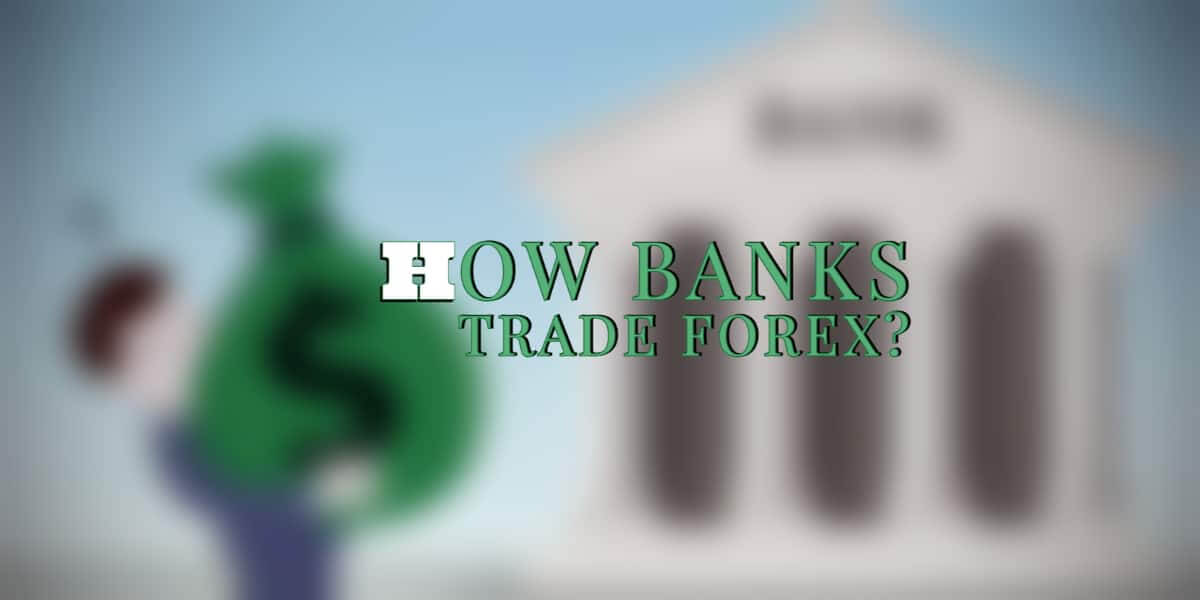
How banks trade Forex?
Banks represent the most significant players in the forex market. And they also take the lion’s share since their role is critical in impacting trading volumes and creating volatility. The question now is how banks trade Forex. In this article, we explain how banks trade Forex and their role in the market. Also, we will see how understanding the way banks operate on Forex can help you in your tech analysis.
How do banks trade Forex – a brief overview
Have you ever heard about the expression smart money? If you have not, this is a great opportunity to learn about this concept because it is tightly linked to the banks and their presence on Forex. Smart money is the strategy banks use when entering and exiting Forex positions. The three main parts of banks’ trading strategies are accumulation, manipulation and distribution. We will dive deeper into these three concepts in the following lines.
Regarding fundamental and tech analysis, banks are 60 per cent on fundamentals and only 20 percent on tech analysis. Since banks are liquidity providers and market makers in the foreign currency market, they do not need to develop complex strategies based on graph analysis. The main indicators banks use to trade on Forex are support and resistance.
The role of banks on the Forex market
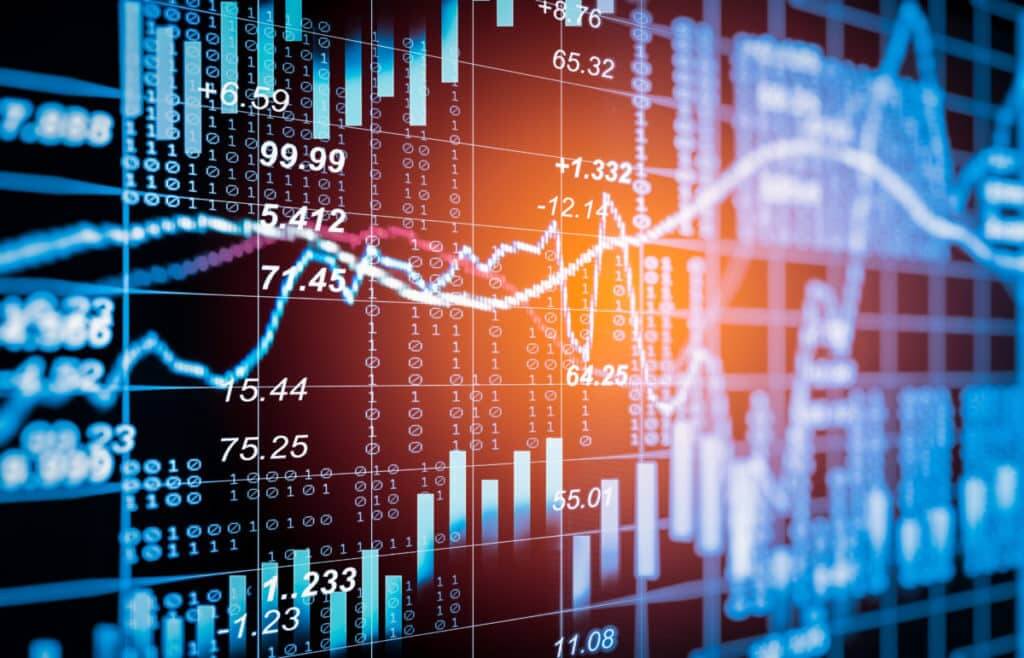
Banks, or interbank markets, drive the Forex market. That’s why their strategies are far different than those of retail Forex traders. Banks are among the oldest and main players in the Forex market, the global financial market.
Banks contribute daily, because of their resources, to a significant part of the volume of activity on the Forex. The value of the financial transactions they carry out can reach trillions of dollars daily.
Commercial banks’ share in transactions has decreased over the past 10 years, with the increased intervention of new investors such as pension funds.
Forex is the biggest market in the world, with trillions of dollars traded daily as per the Triennial Central Bank Survey.
Thanks to the fast internet and platforms for trading, Forex is available for trading in all corners of the planet. 60 percent of all traders come from banks.
The rest of the players are corporations, hedge funds and individual traders. Bear in mind that banks are most of the time making bulk transactions on behalf of their clients. When it comes to their own accounts, they trade 2-3 times a week.
Banks use very few technical indicators in their strategy, mostly relying on fundamentals. So if you want to trade like a banker, your tech analysis graph should be cluttered with dozens of unnecessary tools.
As a retail trader, you need to keep an eye on the market cycles. These represent events like the big banks’ transactions that can create a market movement. And in that situation, you can make a profit.
How banks trade Forex – the importance of market cycles
Cycles are repeating events that occur in various facets of life, such as economics, nature, and the financial markets. Market cycle theory argues that cyclical buying and selling patterns are a major factor in determining the prices of financial products.
The economic cycle generally includes a recession, a slowdown, a recovery, and a growth period.The best indicators for determining market cycles are Commodity Channel Index (CCI) and the Detrend Price Oscillator (DPO).
It is evident that price and time cycles are present in the market, but they can change and even disappear which can make it difficult to anticipate market tipping points.
Additionally, trends do not always show up and can go in the opposite direction when a trading range is entered.
Therefore, cycle analysis should be used with other technical analysis methods to predict market movements as it is not always clear when cycles will reverse or disappear.Trading psychology and risk management are also important parts of the process.
How do banks trade on Forex – institutional trading
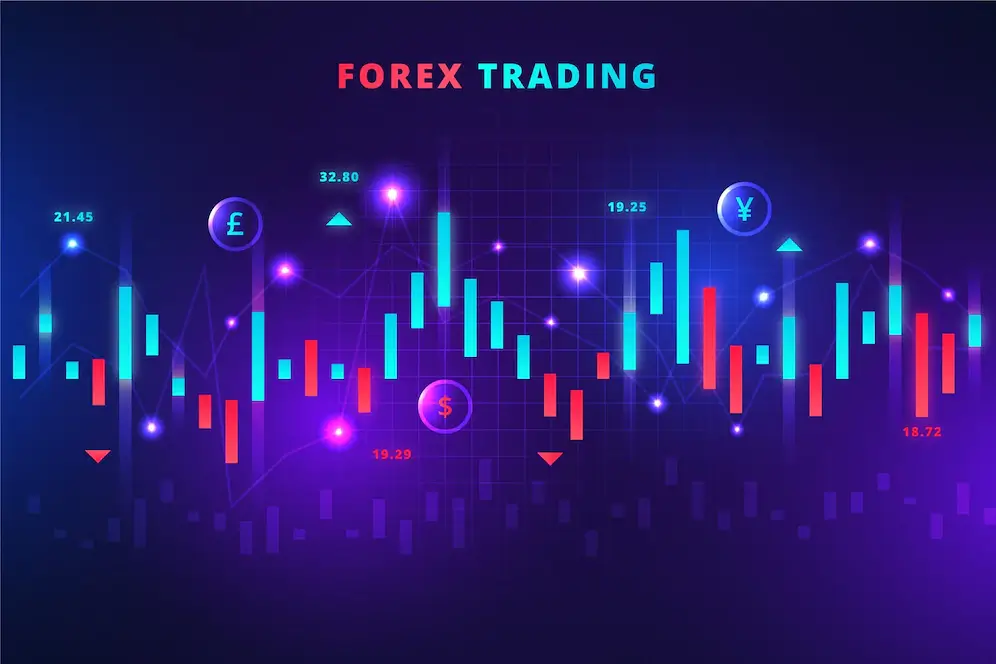
Banks make part of institutional training and their role is as follows. On the one hand, to execute the orders of their clients. The banks then have the role of broker and intervene in the foreign exchange market to transmit the orders of their customers, who are mainly other financial establishments or companies;
And on the other hand, they try to anticipate price or rate variations for their own account. Interventions by banks on their own capital remain relatively weak in their activity.
It may also happen, but incidentally, that they are entrusted with the unwinding of transactions entrusted to them by central banks. Other financial institutions (financial or banking subsidiaries of industrial groups) are likely to intervene. Most of them have the mission of ensuring the function of bankers for the group.
Depending on its size and its credit assets, a bank can offer more or less attractive prices to its customers. However, since Forex is not a centralized market, it is quite common to see differences in exchange rates between banks for the same currency.
Banks centralize a large part of their forex interventions within the currency treasury desk of their trading rooms.
They are developing a complete offer for their customers’ major accounts and financial institutions. Banks are generally reimbursed by adding a commission (spread) to the currency’s price.
On the other hand, and as a general rule, banks do not develop online brokerage offers for individuals. Some of them, nevertheless, take stakes in the capital of Forex brokers or offer this type of service to individuals by spinning off this activity.
What is a Banking Trading Strategy? How Banks Trade Forex?
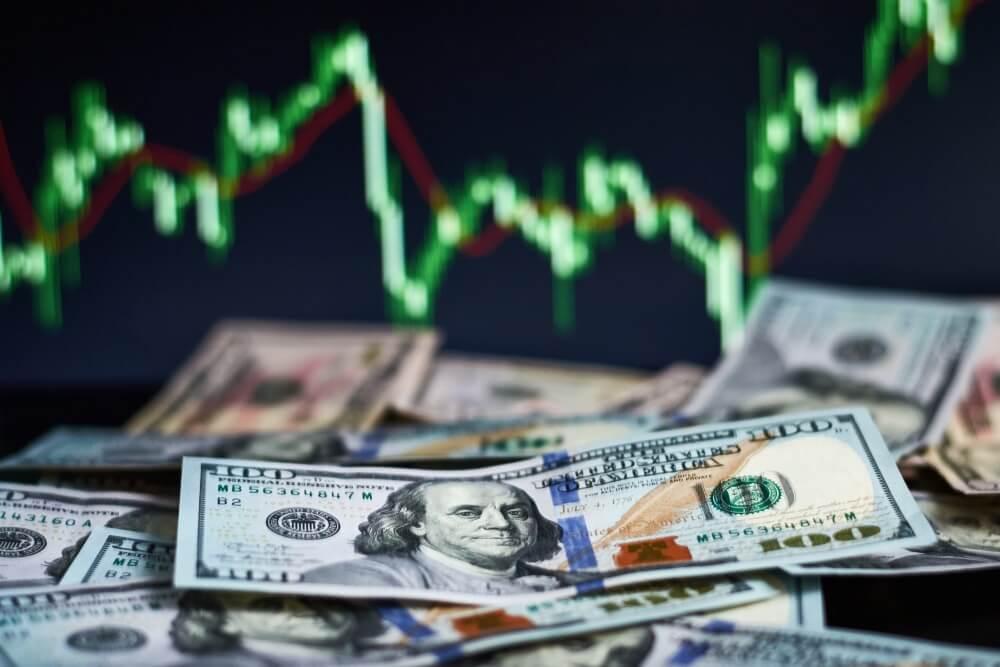
There are three key phases in trading Forex when it comes to banks.
Accumulation phase
In this phase, as smart money market players, banks start purchasing and selling out in small amounts. Smart money players have huge power in the market. Therefore they aim to avoid trading all at once. Trading big sums at once can lead to big tribulations on the market.
So they enter the Forex frequently, making money by accumulating small positions.
As a retail trader, you should learn how to spot these events on analytics charts.
Once you spot where money makers are accumulating, there’s a big chance to determine the direction these players are aiming to and benefit from it.
Manipulation phase
In the manipulation phase, as its name suggests, banks manipulate the market. This phase creates a short-term trend. The reason behind the manipulation by the banks is the need for the creation of liquidity given their huge trade position. Banks need to manipulate retail traders by making them follow false pushes on the market prior to taking the opposite direction to make a profit.
Distribution phase
After accumulation and creation of false push, it’s time for the distribution phase. It’s when the megabanks try to push prices and finding this phase can be very tricky but paramount for successful trading in the market. If you want to be on top of trading on Forex, you need to keenly observe these three phases to take advantage of it.
Who trades on Forex besides banks and individual traders?
Besides individual traders and banks, the big players in the Forex market are
- hedge funds,
- corporations a
- and central banks.
How banks trade Forex – The impact of central banks on Forex
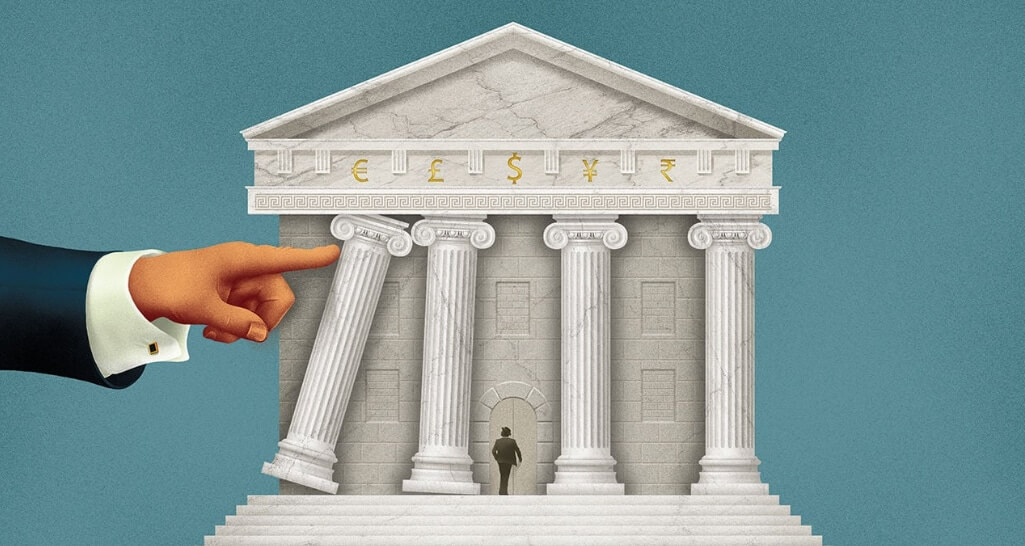
Central banks, despite their powers, have a limited strike force: their reserves represent only two days of Forex trading! However, they continue to strongly influence the markets by creating or withdrawing liquidity.
This is what they have been doing since 2007, since the outbreak of the subprime crisis.
Others have practiced this kind of intervention for even longer: this is the case of China, which tightly controls its currency and its monetary creation, and of Japan, which tried to revive its economy for several decades by issuing enormous quantities of Yen, which it used to buy dollars.
More recently, after the outbreak of the subprime crisis in 2007, the US Federal Reserve launched a very large-scale monetary creation program: Quantitative Easing (QE1 to QE4).
When they increase their rates, the central banks create real movements of funds on the markets insofar as all the speculators want to take advantage of the differential created between this currency and those which offer less good rates.
But rising rates also make investment and growth more expensive, which can lead to a slowdown in the economy. When they lower their rates, they seek to make their savings less attractive to speculators.
But they stimulate the economy and can create inflation. These decisions may surprise the markets. But you should know that in the longer term, they have very little influence on a long trend that was already well-marked. Unless it completely changes the policy of the country. This was the case twice in 2013.
Hedge funds and corporation
Investment Managers trade foreign securities and also speculate on the market. Given their growing importance and specificity, hedge funds arouse suspicions about their presumed capacity to destabilize the markets or even make them run a systemic risk.
How banks trade Forex – Conclusion
Knowing all the aspects of Forex trade is crucial if you are an ambitious trader. Therefore, grasping the way the banks trade and their role in the market are critical. Naturally, you cannot compare your trading activity with those of banks and corporations. And you cannot apply their strategies, but you can observe the three parts of their strategy and aim to find the trend breakouts and false pushes to make better trading decisions in trading foreign currencies.
How banks trade Forex – FAQ
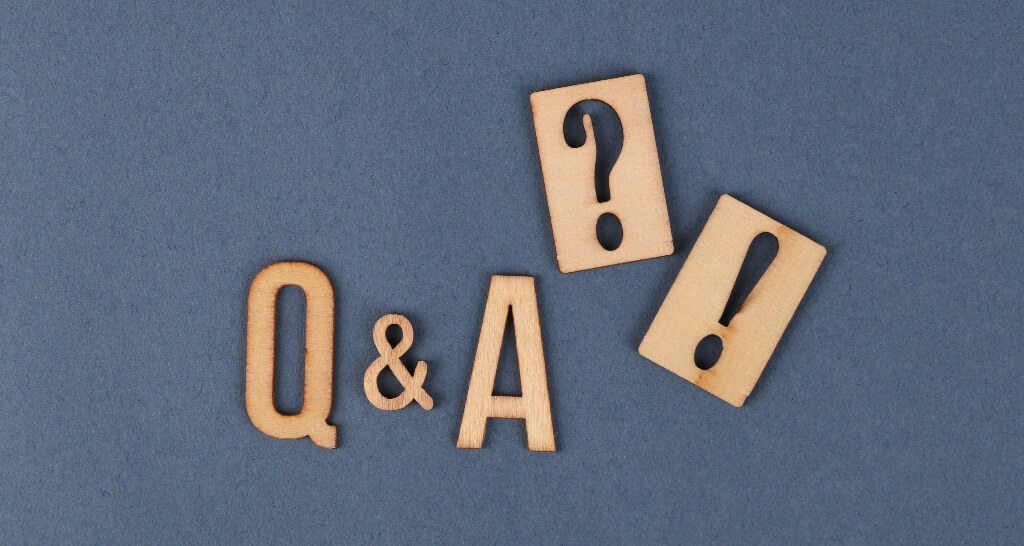
What is the role of banks in the Forex market?
Banks are the biggest players, besides central banks, in the foreign exchange market. They are dictating the trends due to the huge amount of money they trade on behalf of their client with their own accounts. Therefore we say banks are market makers in Forex.
What is smart money in Forex?
Smart money is the strategy banks use when entering and exiting Forex positions. The three main parts of this trading strategy are accumulation, manipulation and distribution.
Which banks trade the most Forex?
The top five banks that trade most Forex are Citi bank, Goldman Sachs, Jump Trading and Bank of America.
What are the market makers in Forex?
Large banks, financial institutions, and exchange trading firms are the biggest market makers on Forex.
What is the biggest forex bank?
Western Union is the largest and best-known provider, with 345,000 agents worldwide, followed by UAE Exchange.




